The idea of a “Developed India” refers to a state of
significant socio-economic progress in the nation, which
not only includes a high GDP and a vibrant economy but
also remarkable progress in the field of education,
healthcare, and infrastructure development. Development
is not just a marker of quantity, but also the quality of life,
enhanced further by technological innovations, agrarian
reforms, and a favourable balance of trade.
Education is both a marker of intellectual growth as well as a catalyst for the socio-political empowerment of individuals. In the context of India, the major challenges in education are threefold- Availability, Accessibility, and Affordability. Education should enhance the skills of a person that can further his or her employability.
Healthcare is the most important indicator of the physical and mental well-being of a nation, and here, a large part of the population is devoid of the necessary resources to afford healthcare facilities, and the government expenditure on healthcare is still not enough to cater to such a large population. Accessible and affordable healthcare is vital to the quality of life in India.
Infrastructure development provides a boost to the growth of the nation, impacting the progress of every other sector of a nation. Infrastructure development includes Transportation, Energy, Urban Development, and Digital development. India is steadily progressing in many of these sectors but the rate of development needs further acceleration.
India has recorded remarkable progress in the field of technological innovation with increasing penetration of the internet, the use of artificial intelligence, and the use of digital tools for public services. India has the potential to emerge as a technological giant by increasing the reach of technology in rural and Tier-3 cities.
Education is both a marker of intellectual growth as well as a catalyst for the socio-political empowerment of individuals. In the context of India, the major challenges in education are threefold- Availability, Accessibility, and Affordability. Education should enhance the skills of a person that can further his or her employability.
Healthcare is the most important indicator of the physical and mental well-being of a nation, and here, a large part of the population is devoid of the necessary resources to afford healthcare facilities, and the government expenditure on healthcare is still not enough to cater to such a large population. Accessible and affordable healthcare is vital to the quality of life in India.
Infrastructure development provides a boost to the growth of the nation, impacting the progress of every other sector of a nation. Infrastructure development includes Transportation, Energy, Urban Development, and Digital development. India is steadily progressing in many of these sectors but the rate of development needs further acceleration.
India has recorded remarkable progress in the field of technological innovation with increasing penetration of the internet, the use of artificial intelligence, and the use of digital tools for public services. India has the potential to emerge as a technological giant by increasing the reach of technology in rural and Tier-3 cities.
Agriculture is the mainstay of the Indian economy, which
not only provides for the livelihood of the majority of the
population but also nurtures a considerable part of our
economy. Agrarian reforms include within its ambit the
themes of food security, nutrition, poverty reduction, and
rural empowerment.
International trade is the pivot of a globalised world, which helps provide economic stability to a country’s economy in the international market. A flourishing economy is reflected in its Global Value Chains, Balance of Trade, Tariff rates, Rate of exchange, etc.
In conclusion, the realisation of a developed India hinges upon meticulous efforts from both the government and the public across various fronts. Investments in education, healthcare, infrastructural development, technological advancement, and other critical sectors are imperative for laying the foundation of a prosperous and advanced society.
International trade is the pivot of a globalised world, which helps provide economic stability to a country’s economy in the international market. A flourishing economy is reflected in its Global Value Chains, Balance of Trade, Tariff rates, Rate of exchange, etc.
In conclusion, the realisation of a developed India hinges upon meticulous efforts from both the government and the public across various fronts. Investments in education, healthcare, infrastructural development, technological advancement, and other critical sectors are imperative for laying the foundation of a prosperous and advanced society.
Authors

PAKHI GOEL
RESEARCH INTERN, WIF
